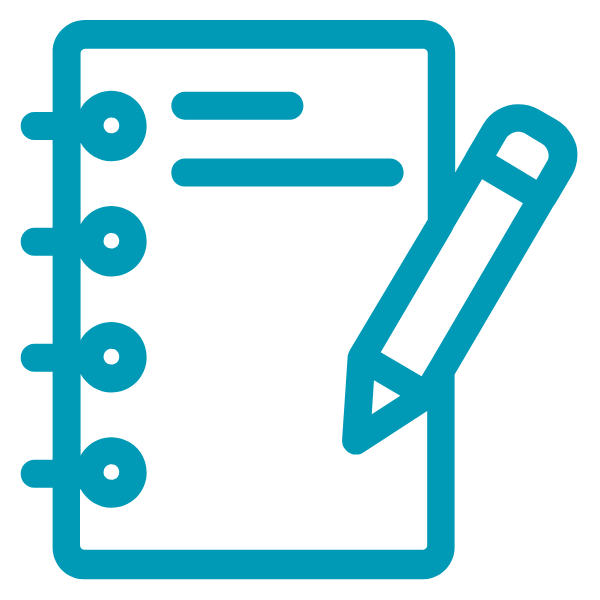STRATEGY FOCUS
SILENT CONVERSATION
PURPOSE
Silent Conversation is a strategy that allows for all students to be engaged, including those who may be reluctant to share thinking out loud during class discussions and encourages more vocal students to listen to their quieter peers. Additionally, Silent Conversation slows down students’ thinking, allowing them to
process information and collect their thoughts prior to sharing, as well as gain
insight into other’s thinking.

PROCESS
- Provide students with a guiding question, prompt, or statement based on an artifact that will promote critical thinking, personal connections, and/or a deep reflection on key concepts. The artifact should be representative of critical content (i.e., text, picture, quote, cartoon, map, etc.).
- Divide students into groups of four to six per group. Prepare a sheet of paper for each student with the artifact and question/prompt/statement you have designed.
- Each student will respond in writing to the prompt on their individual sheet of paper in a set amount of time. Remind students that Silent Conversations are indeed silent and that there should be no talking.
- Students then pass their paper to the next student. Each student then reads the written response of their peer and responds to their thinking on the same sheet of paper. This process continues until all students in the group have read and responded to all individual pieces of paper.
- The teacher and students engage in whole group discussion to share the new learning, ideas, and provoking questions they encountered during the process as a way to synthesize the learning activity.
PROBING QUESTIONS
CONSIDERATIONS
- What did you learn from someone else?
- How was your thinking similar or different from someone else?
- How did this process enhance your listening skills?
- Setting a timer for each round of Silent Conversation might help students maintain better focus throughout the process. Be mindful that what may seem like too much time could actually encourage students to go deeper in their thought process and add more to their initial response.
- Students can engage in Silent Conversation in pairs instead of small groups. Each student simultaneously responds to the prompt posed by the teacher on a smaller paper, such as notebook paper or an index card. Once time is up, they switch paper with their partner and respond. Back and forth conversation can take place for a few rounds.
- Silent Conversation can be done in a whole group in which each student begins with their own piece of paper, as written above, but is then shared around the room, similar to a Write Around, in which all students respond to every paper.
- Silent Conversation can be used to activate prior knowledge at the beginning of a new unit of study or lesson, to synthesize new learning throughout a unit of study or summarize content at the end of a lesson.
- Silent Conversation, when done as written above in small groups on large pieces of paper, can then serve as content for a Gallery Walk.
CONTENT APPLICATIONS
![]()
SOCIAL STUDIES
Students are provided with a primary source and write to explain what they notice about it, what purpose they believe it served, or why it is significant to the current unit of study.
![]()
WORLD LANGAUGES
Students are provided with a contextual situation in the target language and must respond with something they might say in that situation in the target language.
![]()
HEALTH & PHYSICAL EDUCATION
Students are provided with a contextual situation regarding a specific health concern (i.e. exercise or nutrition) and respond with how they might deal with the situation using knowledge from a current or recent unit of study.
![]()
MATHEMATICS
Students are provided with an equation and use words to explain how they would go about solving it.
